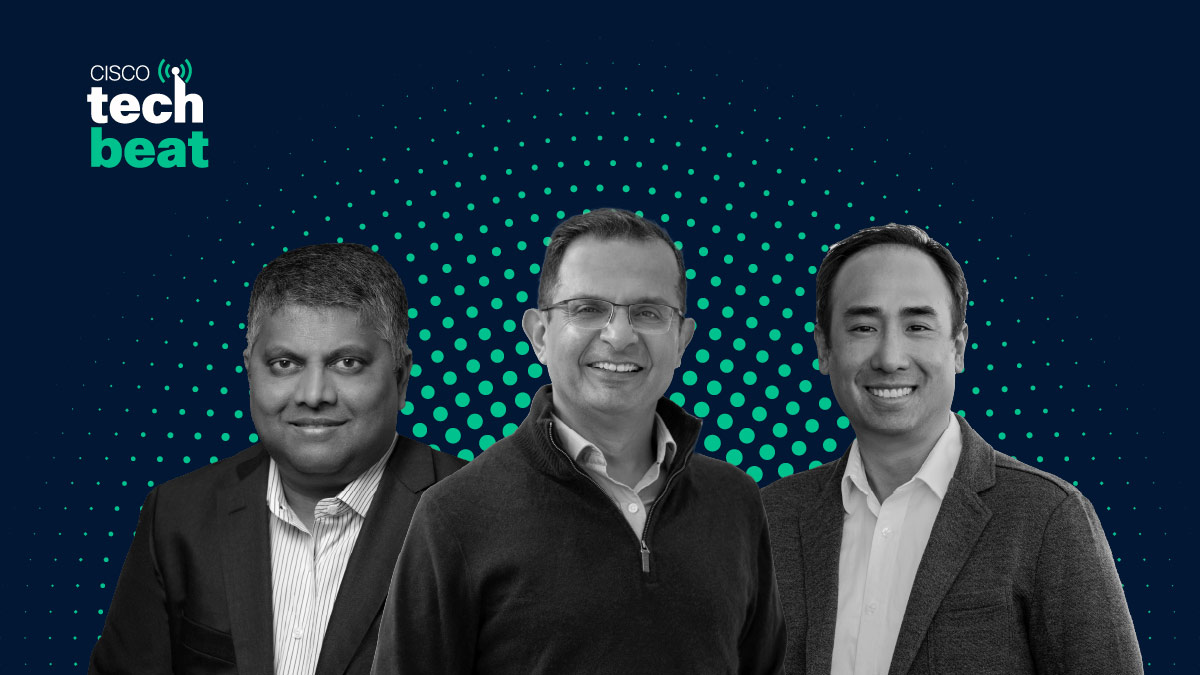MENLO PARK, Calif., January 17, 1994 -- Cisco Systems has added four newmodels to its Cisco 2000 remote access router family. The new models offermore wide-area connectivity options than any router in the industry and,for the first time, unbundle router hardware and software to achievegreater configuration and pricing flexibility.
Called the Cisco 2500 series, the four products are already in shipmentas part of the Cisco 2000 family first introduced in June1993 to provide full router functionality to small offices.
With the new models, the Cisco 2000 family gains an additionalsynchronous serial port, an ISDN BRI connection, Flash memory and futuredata-compression capability. By mid-year, the serial ports on the newplatforms will offer the unique ability to operate in either synchronous orasynchronous mode.
Each of the four Cisco 2500 models has one LAN (Ethernet or Token Ring)port, two synchronous serial ports and one asynchronous serial port for useover ordinary telephone lines. Two of the models also have an IntegratedServices Digital Network Basic Rate Interface (ISDN BRI) port.
In addition to the two serial lines, the Cisco 2500's auxiliaryinterface port will be configurable to provide a dial-up line forasynchronous routing -- a feature being implemented across Cisco's fullproduct line (see accompanyingrelease).
The original two models in the Cisco 2000 family, which provide onlyone synchronous serial port and no ISDN capability, eventually will bephased out in favor of the newer models, which offer greater functionalityat comparable or lower price levels.
With the new models, the Cisco 2000 family gains several featurespreviously available only on Cisco's higher-end, more expensive routers.One is a native ISDN BRI (Basic Rate Interface) that removes therequirement for customers to purchase expensive external ISDN terminaladapters. Cisco supports a variety of ISDN signaling specifications,including the National ISDN-1 standard, AT&T's 5E6 ISDN for its 5ESSswitch, and Northern Telecom's DMS ISDN (North America); NET3 (Europe); VN2and VN3 (France); 1TR6 (Germany); SITS 92/48 (United Kingdom); and INS64(Japan).
Choice of Three Software Suites with Each Platform
With each of the new platforms, users can choose from three softwarefeature sets. The most basic, IP Router Software, includes the IP protocol,transparent and source-route bridging, X.25, Frame Relay, HDLC, PPP,dial-on-demand routing, and the IGRP, RIP, OSPF, BGP and EGP routingprotocols. IBM features in the IP Router Software include remotesource-route bridging, local acknowledgement, NetBIOS name caching, proxyexplorer, and Class of Service LU address prioritization.A second software suite, Desktop Router Software, is for customersusing only a few protocols. It includes all IP Router Software featuresplus IPX, AppleTalk and DECnet Phase IV. This feature set is closest tothat of the original Cisco 2000 series.
The third software feature set, Enterprise Router Software, willinclude all Cisco-supported communication protocols, routing protocols, WANtechnologies (including SMDS), IBM features, and protocol translationsoftware that provides a gateway between X.25, Telnet and DEC LATenvironments.
"Our decision to unbundle router software from our hardware platformsfor the first time in Cisco's history addresses the wide diversity offeature requirements and price constraints at customers' remote sites.Users can choose low-priced IP-specific software, a set of the most populardesktop protocols, or an enterprise-wide set with our full protocol suite.And with our software upgrade program they're not locked into a givenchoice," said Lammerding.
Each software suite includes AutoInstall, the unique Cisco capabilitythat allows fast, economical router installation with minimal technicalexpertise at remote sites. Each also provides for management by theCiscoWorks series of router management applications and other SNMP-basedmanagement systems.
Affordable Internet Connectivity
Supported for the first time in the Cisco 2000 family are BGP (BorderGateway Protocol) and EGP (Exterior Gateway Protocol), the primaryinter-domain routing protocols used in the global Internet. This allows IPnetwork service providers purchasing the economical IP Router Softwaresuite to offer their customers very affordable Internet connectivitysolutions.Flash EPROM memory, a standard feature on all other Cisco routers, hasbeen added to the Cisco 2500 models to allow fast, reliable softwareupdates.
Each Cisco 2500 model comes standard with 4 megabytes (MB) of FlashEPROM and 2 MB of DRAM system memory (expandable to 6 or 18 MB). Each alsohas a console port for configuration and an auxiliary port for out-of-bandnetwork management.
With the Enterprise Router software set, the Cisco 2500's synchronousports can be configured to connect SDLC devices to a corporate internetworkusing the second synchronous serial port. This configuration allows anorganization to protect its SDLC investment while improving performance andmanagement control.
Pricing/Availability
All Cisco 2500 hardware platforms, as well as the IP Router, DesktopRouter and Enterprise Router Software suites, are available immediately.Pricing is as follows:New Hardware Platforms Cisco 2501 Ethernet/serial $ 995 Cisco 2502 Token Ring/serial $1,495 Cisco 2503 Ethernet/serial/ISDN BRI $1,695 Cisco 2504 Token Ring/serial/ISDN BRI $2,195Software Cisco 2500 IP Router Software $1,500 Cisco 2500 Desktop Router Software $2,300 Cisco 2500 Enterprise Router Software $3,000
Software Upgrades IP Router to Desktop Router Software $1,000 IP Router to Enterprise Router Software $2,000 Desktop to Enterprise Router Software $1,000
Posted: Mon Nov 3 10:36:30 PST 1997



